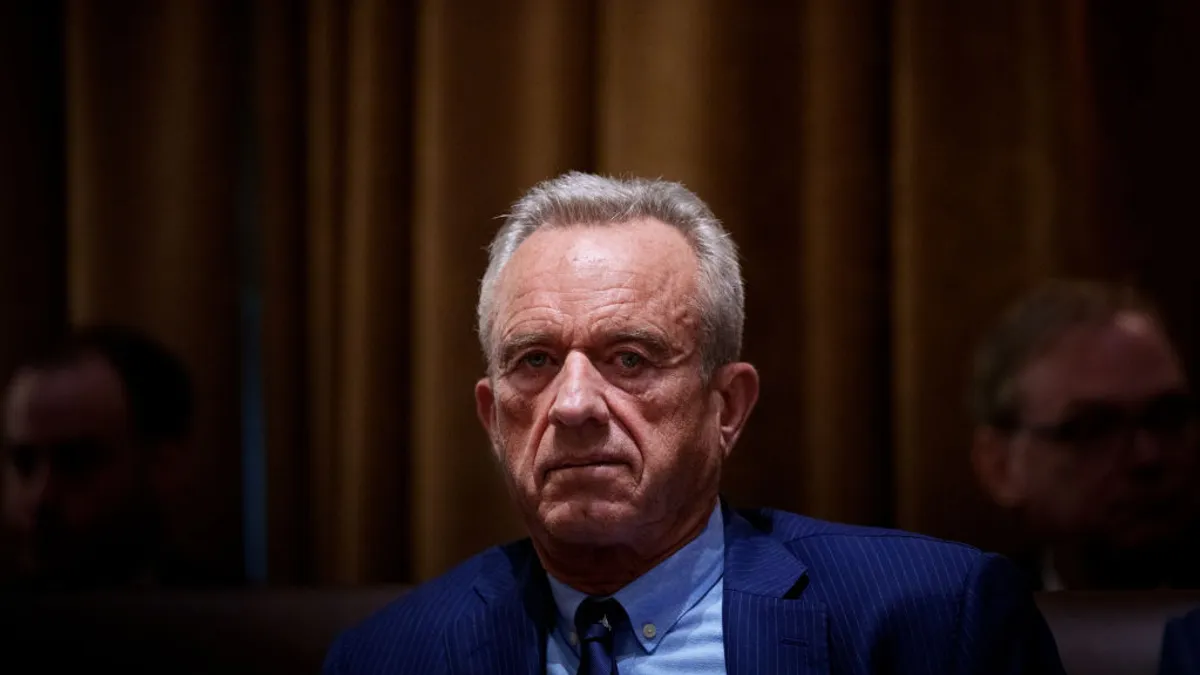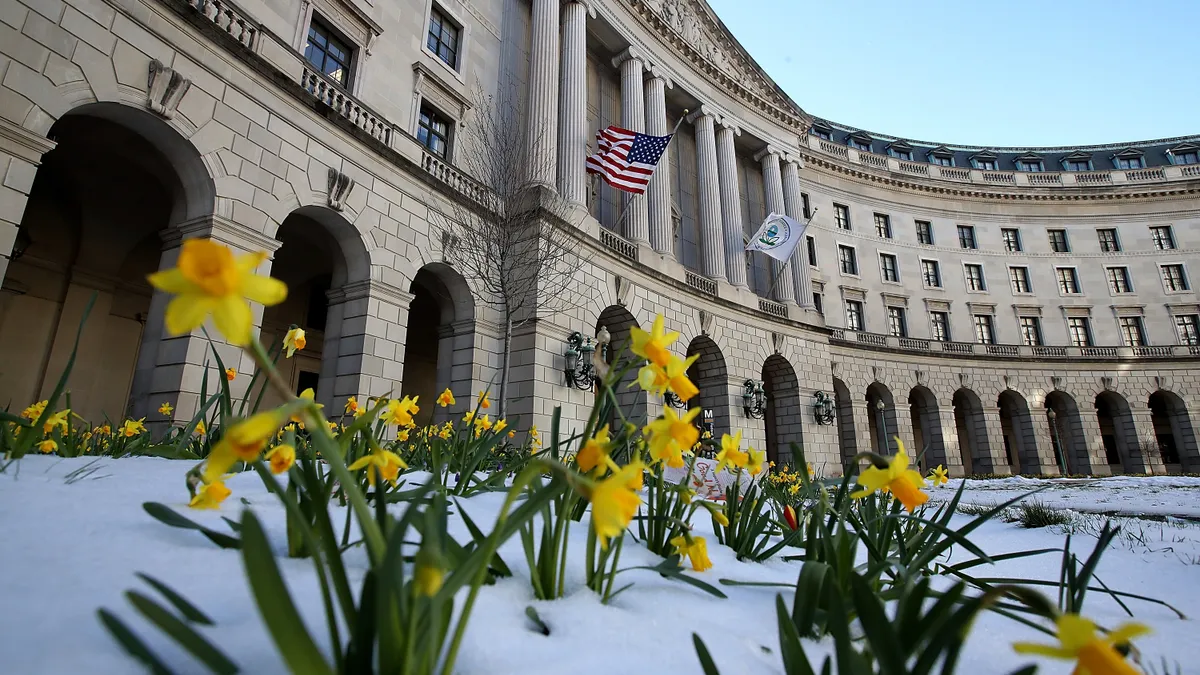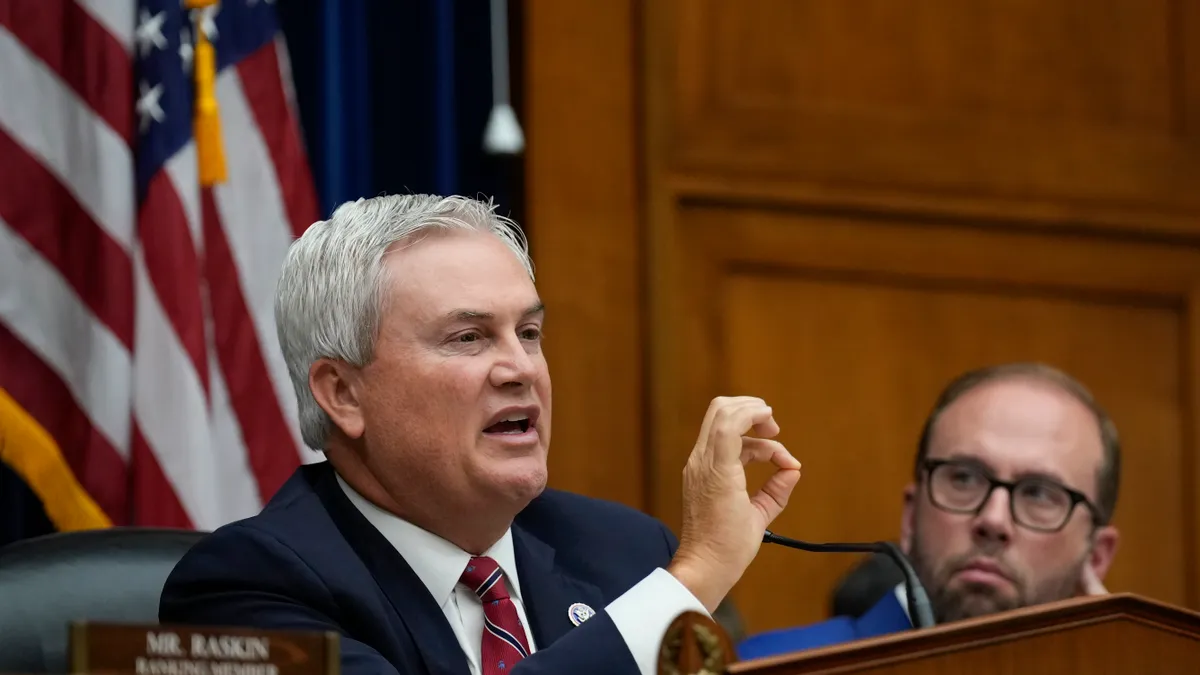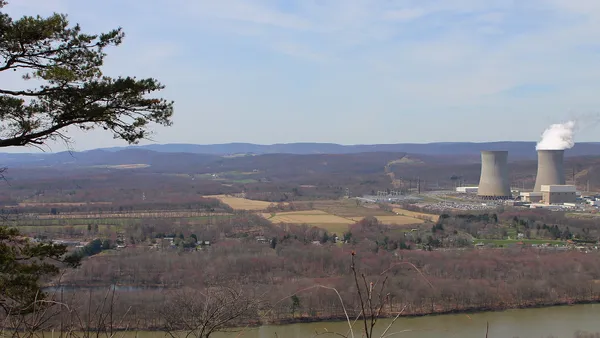Performance-based regulation needs more work before it is ready to effectively deal with the perverse incentive, according a stakeholder group studying cutting-edge utility oversight proposals in Minnesota.
A completely new performance-based regulatory approach may be less effective than innovative alternatives to the existing cost-of-service (COS) regulation, stakeholders told Utility Dive.
The perverse incentive is the curse of traditional COS regulation. It rewards regulated utilities with a return on capital expenditures even if they are not the lowest cost approaches to resolving system needs. Performance-based regulation (PBR) substitutes performance incentives for returns on investments, freeing utilities to make choices that might better benefit ratepayers.
Using performance incentives that link earnings to how well a utility achieves policy goals was a “central recommendation” from a stakeholder process led by Minnesota’s e21 Initiative in December 2016. The e21 initiative includes Minnesota utilities as well as environmental and consumer advocates.
But the newest phase of the think tank’s PBR work concluded in April that “this is a very complicated issue” and “we must proceed carefully.” Complicating it are questions about the best performance goals and metrics. The next step should be a formal regulatory proceeding to address the complications, e21's participants agreed.
Former Xcel Energy executive Mike Bull was one of the first utility industry leaders to take seriously the dangers of the perverse incentive and call for the study of new utility business models. Now the Center for Energy and the Environment (CEE) policy director, Bull helped lead e21’s recent stakeholder roundtable discussions on PBR and, at their completion, endorsed further but measured study of PBR.
“Xcel is keeping rates down and working toward 85% emissions-free generation by 2030, so what problem does performance-based regulation solve for?” he asked Utility Dive. “The answer may not be a new business model but enhancements to the existing one.”
Participants in the e21 roundtables filed their responses to the dialogue in a proceeding established by the Minnesota Public Utilities Commission (MPUC) to address PBR. Most stakeholder filings agreed, tentatively, with Bull.
Common ground and differences
Citizens Utility Board (CUB) of Minnesota Executive Director Annie Levenson-Falk said the e21 discussions revealed high-level common ground on PBR and significant differences on details like goals and metrics. “CUB would like to see the MPUC open a docket on this because there is still a long way to go,” she told Utility Dive.
In Xcel’s filing, VP Aakash Chandarana said PBR could better be used to identify “more targeted opportunities” to improve utility perfomance. It could be used to shave peak demand, shift load, better measure and integrate distributed energy resources (DER), streamline interconnection and further reduce emissions, he wrote.
Allen Gleckner, policy director for climate and renewables advocate Fresh Energy, did not agree with Bull that Xcel’s performance was the driving factor in the new e21 conclusions. But until there is more specific direction from policymakers or regulators, “a measured pace” is the right choice, he told Utility Dive.
“There are different views on what a move to more performance-based compensation should look like,” Gleckner said. At one end of the spectrum is incremental additions to the COS model, and at the other end of the spectrum “is basing all shareholder earnings on the utility’s performance on specific metrics instead of on capital expenditures.”
A long way off?
The questions and disagreements over details raised about PBR suggest it may take some time to make a new kind of regulation a reality in Minnesota.
Xcel Energy spokesperson Randy Fordice said the e21 “participants now understand the complexities” of PBR and the need for a “deliberate approach.” More clarity is needed on how to “align Xcel Energy with the public interest” before “making major changes” to the existing COS regulation, he emailed Utility Dive.
Rolf Nordstrom, President/CEO of the Great Plains Institute and Bull’s co-leader, said the goal of the many e21 efforts, some ongoing, on regulatory issues is to “front-end load the formal regulatory process.” Facilitated stakeholder engagement is expected to “shorten the distance between a good idea and implementation,” he said.
A step-by-step guide
In this e21 process, participants found consensus in the filing from the Minnesota Attorney General’s office, all those interviewed told Utility Dive
CEE’s Bull called the AG’s filing “a rigorous step-by-step guide” to PBR. At least as important as its role as a guide, “it helped Xcel be more supportive of a study of PBR because it showed the utility that PBR would not be done to them, but would be a process in which they could participate.”
The AG filing offers three parts of “a performance metrics hierarchy” that won broad participant consensus. The first is making policy goals clear. The next is identifying outcomes that would achieve the goals. The third is metrics that would show those outcomes had been achieved. These are collectively considered the first step. The requirements for utility reporting would then be necessary.
Three further steps are more complex and could impose “significant change to the regulatory structure,” according to the AG filing. They address performance targets, financial mechanisms and program evaluation. Each “should be addressed in a separate phase” of an MPUC proceeding, and those phases should be deferred until regulators thoroughly establish the first four steps, the AG reported.
The AG makes three broad recommendations to the MPUC for laying the groundwork for a PBR proceeding and follows it with 21 granular recommendations. The filing reflects the group's broad consensus that PBR can be effective if the complications are resolved.
First, the MPUC’s formal proceeding should be “deliberative” in considering “threshold questions,” according to the AG. Second, it should move ahead on goals, outcomes, metrics and reporting requirements. Third, the MPUC should avoid conclusions about financial incentives until the impacts of PBR are clarified.
The commission should make the perverse incentive clear by recognizing that the existing COS regulation “incentivizes utilities to pursue capital expenditures, increase sales, and cut costs between rate cases,” the AG said. The MPUC should therefore establish four policy goals not effectively addressed by COS regulation: customer focus, operational effectiveness, public policy responsiveness and financial performance.
The Commission should establish outcomes that make the existing COS regulation more efficient and more equitable, the AG added. Outcomes should also allow ratepayers to benefit from emerging technologies and services over time.
The four outcomes for customer focus should be service quality, customer satisfaction, affordability and empowered customers, the AG recommended. Three outcomes for operational effectiveness should be cost control, asset management and resiliency.
Four outcomes for public policy should be grid modernization, DER growth, increased energy efficiency and reduced carbon intensity, it also recommended. Three outcomes for financial performance should be return-on-equity, rider revenue and productivity.
Finally, metrics should be quantifiable, verifiable, clearly defined and subject to utility control, and financial incentive mechanisms should be linked with the design of a multiyear rate plan, the AG concluded.
Both Fresh Energy’s Gleckner and CUB’s Levenson-Falk said the AG’s description of the perverse incentive in the existing COS regulation that encourages utility capital expenditures even when they may not be the lowest cost solution to a system problem was acknowledged by most roundtable participants.
Best tool on the table
All the participants in the e21 discussions accept that "the perverse incentive is a very real thing that influences outcomes, though there might be disagreement about how much it influences decisions or drives utility actions,” Gleckner said.
“PBR is conceptually the best tool on the table right now to address it," he added. "But completely changing the current business model would be a big leap, and there is consensus that it is not time to go all the way.”
Great Plains Institute’s Nordstrom said that Xcel is “working hard to stay a step ahead” on public policy objectives. Its efforts to meet customer demand have “taken some pressure off” the existing revenue model and “nobody wants to change the system just to change it,” he said. “We want to be discerning and surgical about using PBR because we would rather do it well than fast.”
There are things that new incentives can impact like reducing peak demand, improving the system load factor, optimizing existing assets, and cost-effectively integrating DER, Nordstrom added. But PBR is no longer the “marquee recommendation” it was when e21 began its work four years ago. “Now the need is investment in grid modernization and beneficial electrification.”
Where PBR falls short
The stakeholders interviewed for this story agreed PBR falls short because while it may align utility incentives with customer interests, it can fail to make the utility incentives viable.
A presentation about Lawrence Berkeley National Laboratory (LBNL) work on the financial impacts of those utility incentives was pivotal in their thinking. It helped them see that new approaches to COS regulation may be more practical in the near term.
Great Plains Institute’s Nordstrom said the LBNL work uses sophisticated financial modeling to show the impacts of compensation changes on stockholders and ratepayers.
CEE’s Bull said the LBNL presentation showed how small, “incremental enhancements” to COS regulation “can have big impacts.” It made the participants see “we need to be more granular about how performance regulation can help move utilities in the directions we want them to go,” he said. “The answer may not be a new business model but enhancements to the existing one.”
One example is the impact of a performance requirement for a high solar penetration, Bull said. “It could require an incentive too high for regulators to approve or cause the utility to reject the performance target as not financially viable.”
A better solution to improve utility performance at driving solar growth might be decoupling, which is an enhancement to COS regulation already successfully driving energy efficiency growth in Minnesota, he added.
Another example of incremental enhancements to COS is replacing a planned investment in a new natural gas plant with DER, he said. “That can have a massive impact on stock price valuations that are hard to compensate for with performance incentives.”
A way to reward utilities for solutions than do not require high capital expenditures might be alternative COS regulation mechanisms that allow services and contracts to be treated like rate-based assets that earn returns, Bull said. “That is enhancement to cost of service that allows a shift from thinking about a new utility business model to thinking about how the current utility business model can evolve.”
Viable performance incentives
LBNL declined Utility Dive’s interview request. But a published paper on the LBNL work makes it clear that the viability of performance incentives depends on balancing the investment, its return, and the cost of capital used to finance it.
Janice Beecher, director of Michigan State University’s Institute of Public Utilities and a contributor to the LBNL work, wrote that “all regulation is incentive regulation.”
"Traditional regulation can accommodate new utility business models and pricing,” she said. “What may be needed today is not a new paradigm but a new prudence.”
Former Colorado Public Utilities Commission Chair Ron Lehr, also a contributor to the LBNL work, stressed that the need is for “better alignment of utility investment incentives with changes challenging the electricity.”
Alternative options should “put relatively less regulatory time and effort into addressing the question ‘did we pay the right amount for what we got?’” he wrote. What is needed is “more regulatory time and effort into anticipating the future, asking ‘what do we want, and how do we pay for that?’”
Where PBR can work
Advanced Energy Economy Public Utility Commissions Program Manager Hannah Polikov said traditional COS regulation suits investments in generation or transmission and distribution system infrastructure. “But if the objective is to have customers use less energy by growing energy efficiency or DER, the incentive is not there.”
Done well, PBR provides incentives for that kind of designated outcome, but it is not a separate regulatory model, Polikov insisted. “It is a layer on top of the traditional cost of service model that adds carrots and sticks to get to policy objectives.”
CEE’s Bull said roundtable participants agreed that PBR, in the role Polikov described, could help meet the need for some near term changes. An example is decarbonization through electrification of the transportation, water heating and space heating sectors. Another example is growing the use of demand response to serve peak demand.
In the longer term, if rooftop solar and storage become "cost-effective and ubiquitous," a business model that relies on capital investments to generate earnings could be "seriously challenged," he added. “Significant revenue losses could make it difficult to pay off those capital expenditures over their 30-year terms.”
One solution to that could be transforming the utility into a platform that connects distributed resources, he said. Another is allowing the utility to derive revenue streams as a provider of products and services.
More utilities need to follow Xcel’s lead and “lean in” to meet customer demand, Bull said. “To capture new revenue streams that allow utilities to maintain their financial health, they need to learn to be innovative and competitive. Responding to performance incentives is an incremental step toward a new utility culture of ‘leaning in.’”






















